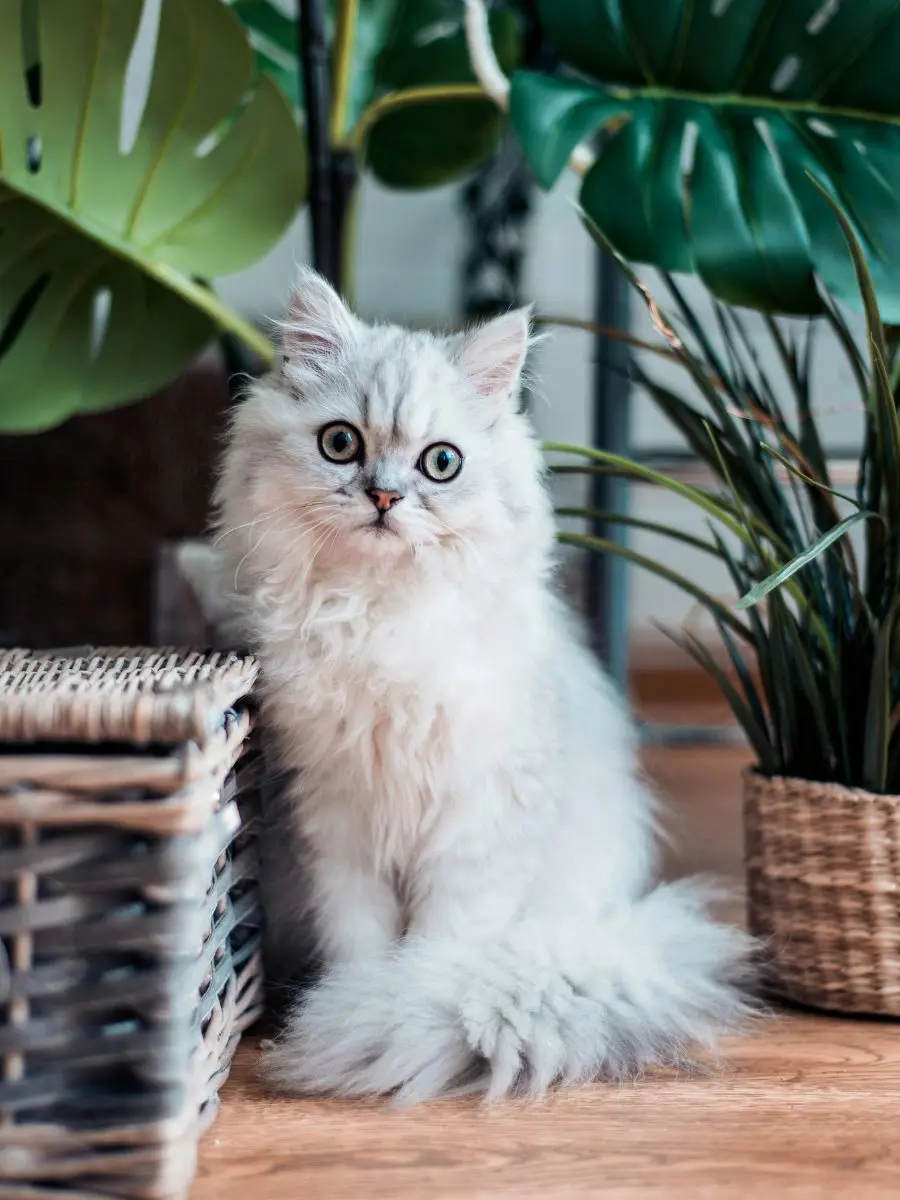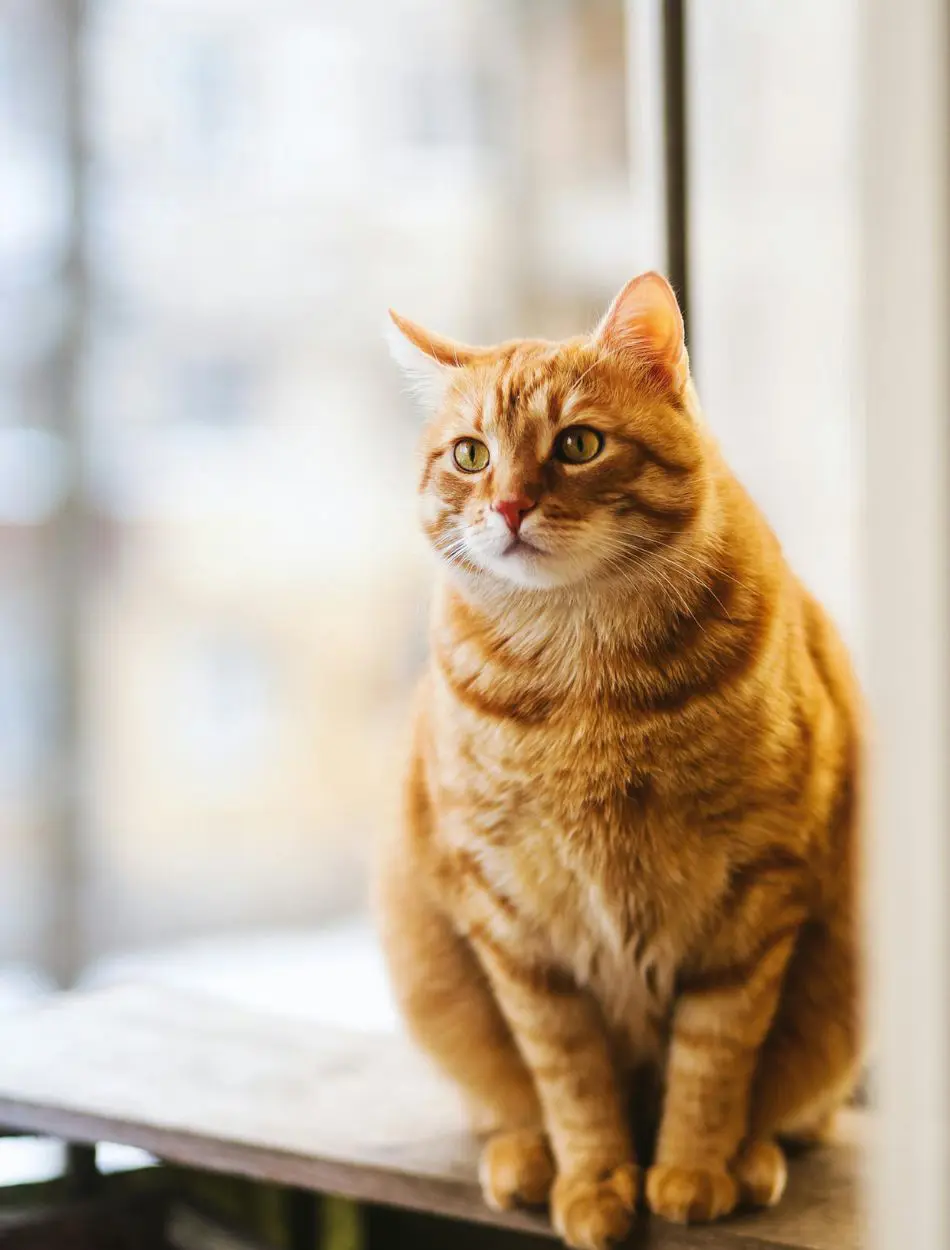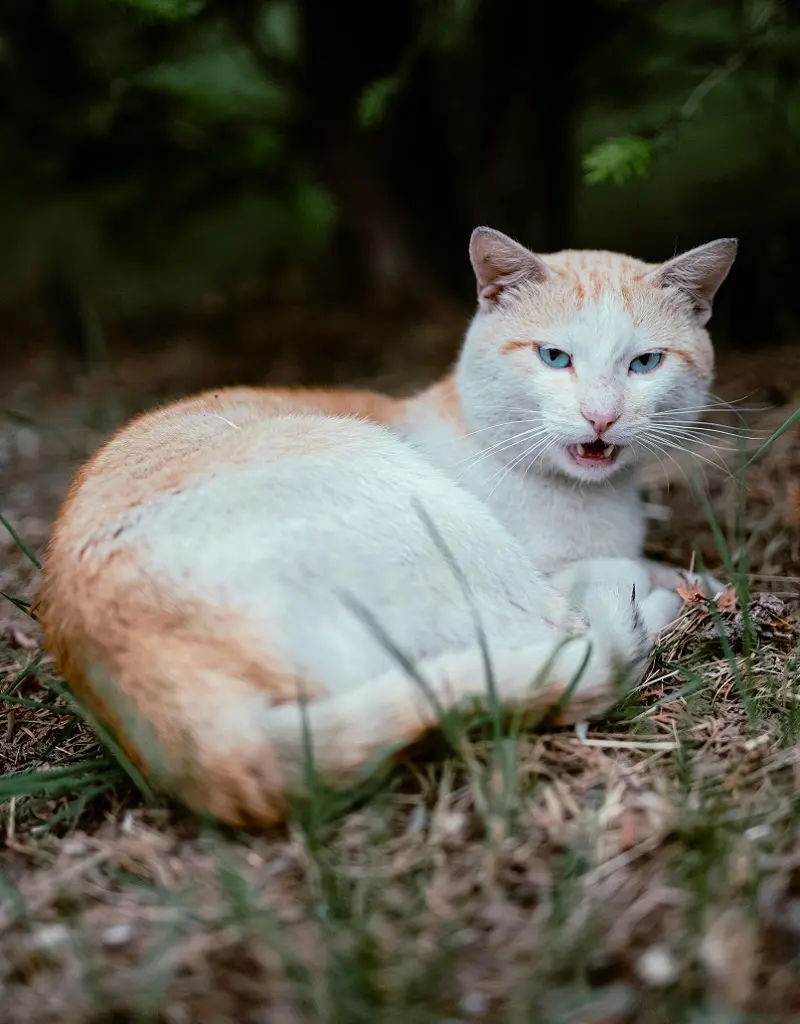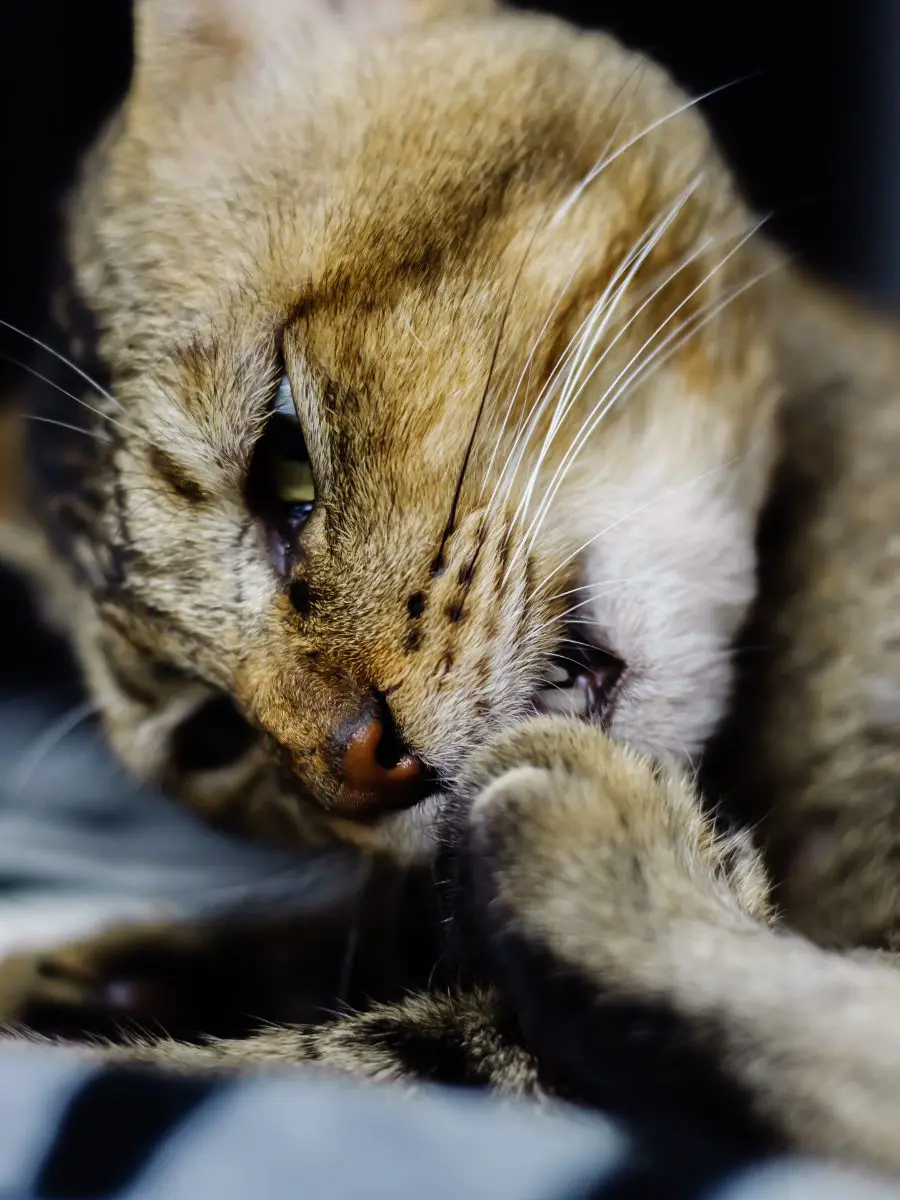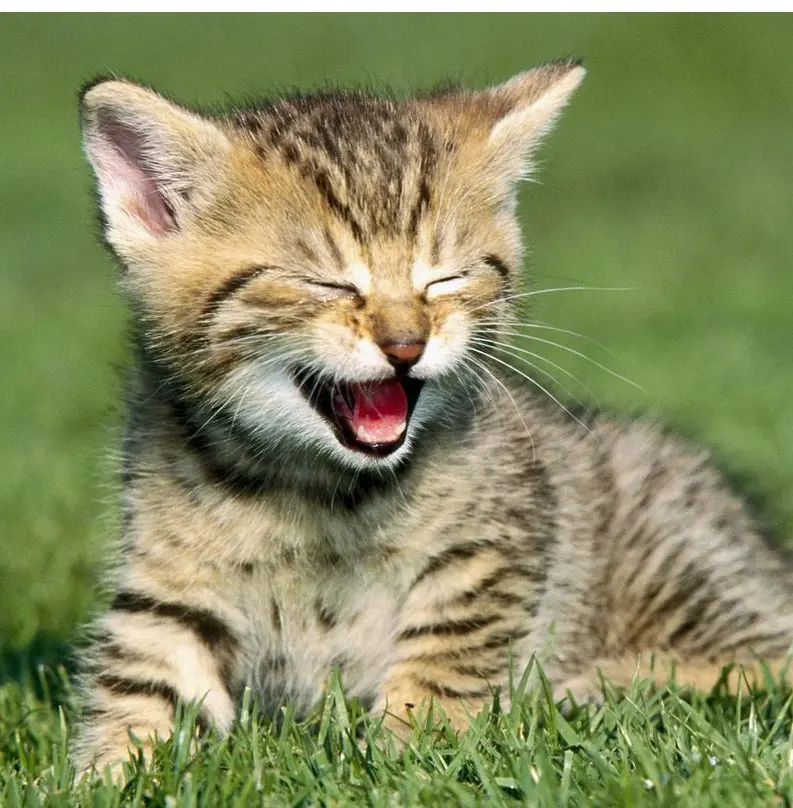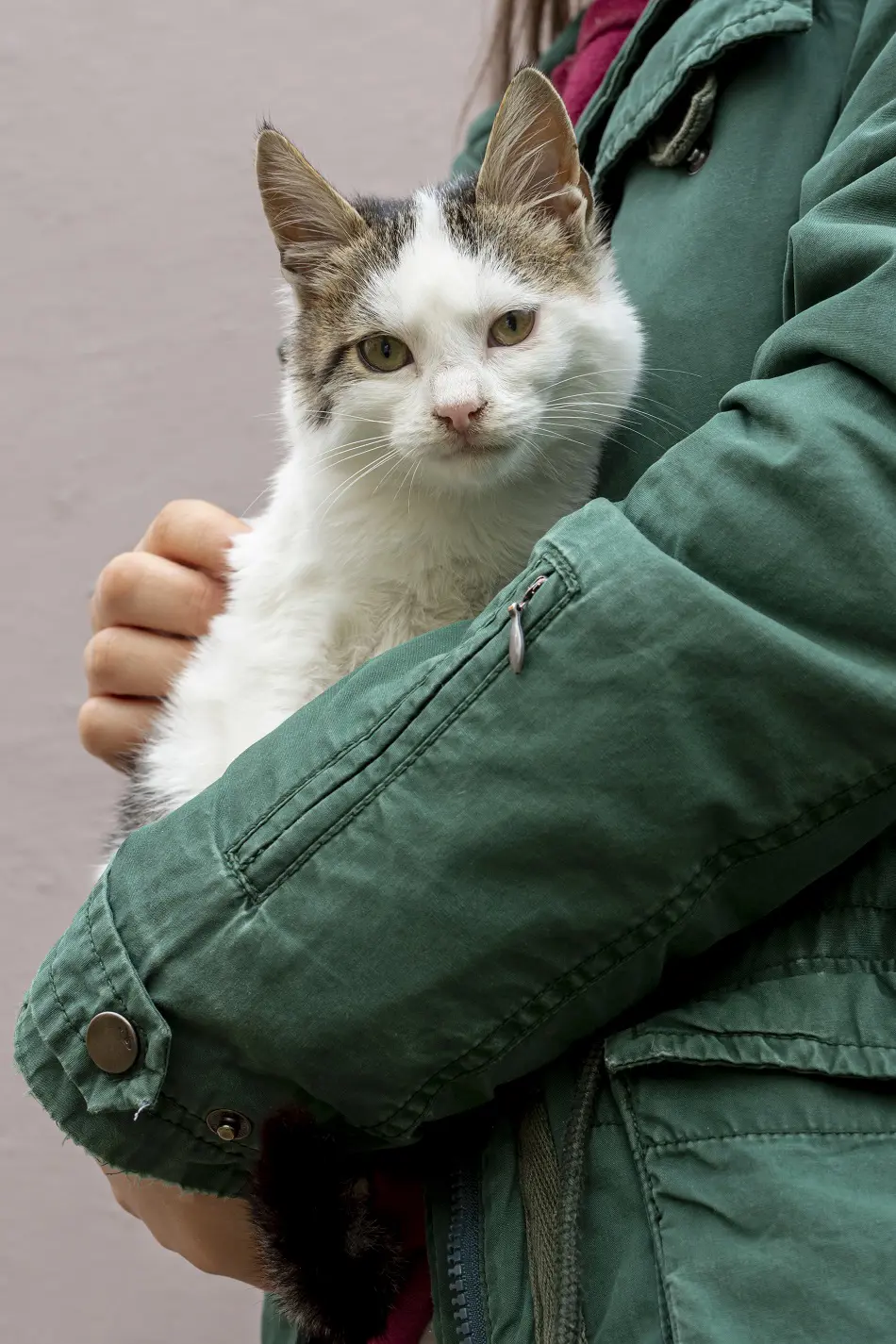Cat Years To Human Years Age Chart
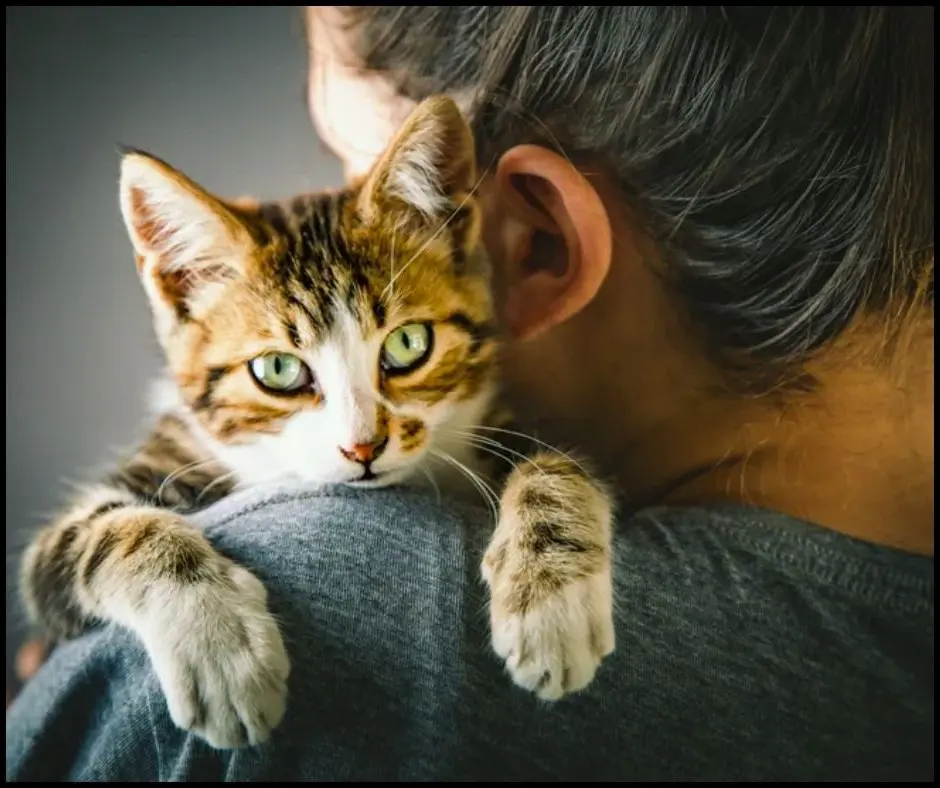
Understanding how old your cats are compared to humans is essential for properly caring for them. You might have heard that one cat year is like seven human years, but it's not simple.
Cats grow and age differently than we do, so we need a better way to determine their age. That's where the "Cat Years to Human Years Age Chart" comes in handy. It is like a guide that helps us see cat years in humans.
This helps us know when they might need special care or when they might be facing health issues. Plus, it helps us feel even closer to our furry friends as we share our lives. So, by using this chart, we can understand our cats better and enjoy every moment with them.
Cat Years Vs Human Years
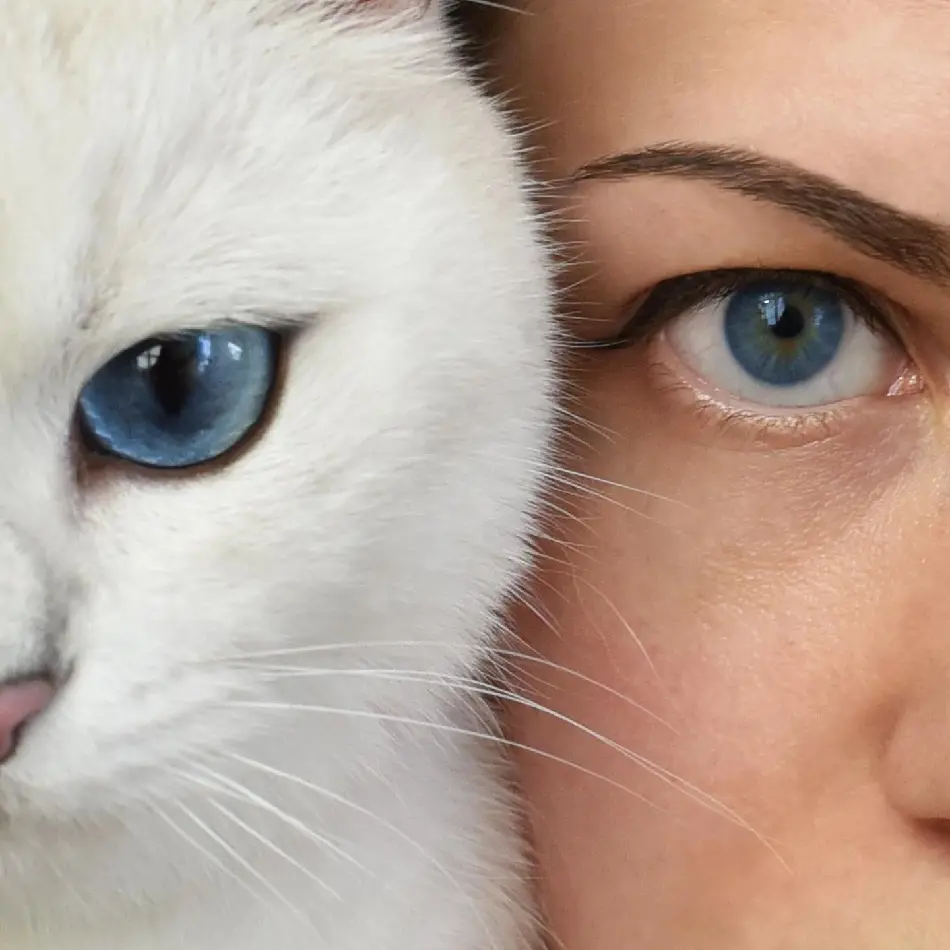
The old notion that one cat year equals seven human years is a myth. Cats age much faster in their early years than humans do.
Understanding the age of your cat in human terms can help you provide the best care for your furry friend. In the first year of life, a cat grows rapidly, reaching the equivalent of about 15 human years.
By the end of the second year, they've added another nine human years, making them around 24 human years. After this, each cat year is roughly equal to four human years.
So, if your cat is 5 years old, they'd be about 36 in human years. This rapid aging in the early years is because cats need to mature quickly to reach reproductive age and establish themselves in their environment.
However, after this initial period, their aging process slows down significantly. It's important to note that while this conversion is a handy guide, other factors like breed, lifestyle, and genetics also influence how cats age.
For a more personalized assessment of your cat's age and health, it's best to consult with a veterinarian who can consider all these factors. By understanding your cat's age relative to human years in cat years, you can better meet their needs and ensure they live a happy and healthy life.
How Old Is My Cat?
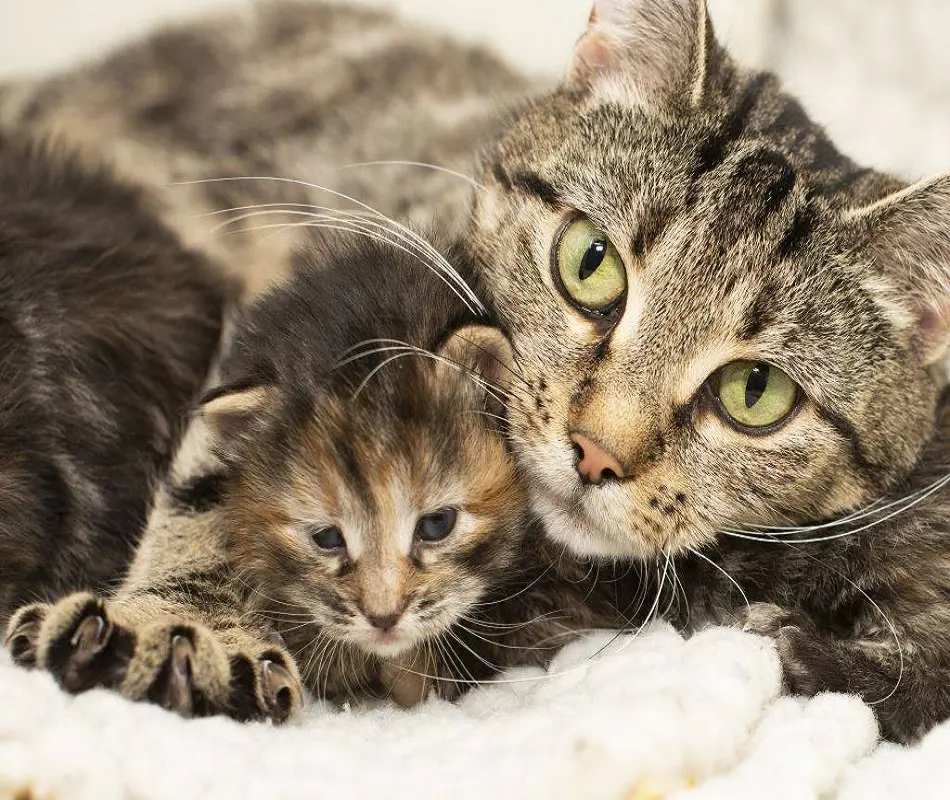
Below is a simple guide to help you estimate the age of a cat chart in human years:
Cat Age to Human Age Chart
| Cat’s Age (Years) | Human Equivalent (Years) |
| 1 | 15 |
| 2 | 24 |
| 3 | 28 |
| 4 | 32 |
| 5 | 36 |
| 6 | 40 |
| 7 | 44 |
| 8 | 48 |
| 9 | 52 |
| 10 | 56 |
| 11 | 60 |
| 12 | 64 |
| 13 | 68 |
| 14 | 72 |
| 15 | 76 |
| 16 | 80 |
| 17 | 84 |
| 18 | 88 |
| 19 | 92 |
| 20 | 96 |
How It Works:
-
The first year of a cat’s life is roughly equal to 15 human years.
-
The second year equals about 9 more years, making a two-year-old cat 24 human years.
-
Each additional year adds approximately 4 human years.
The cat-in-human years' concept helps cat owners understand their pet's life stage and potential health needs relative to human aging milestones.
How To Find Your Cat’s Age?
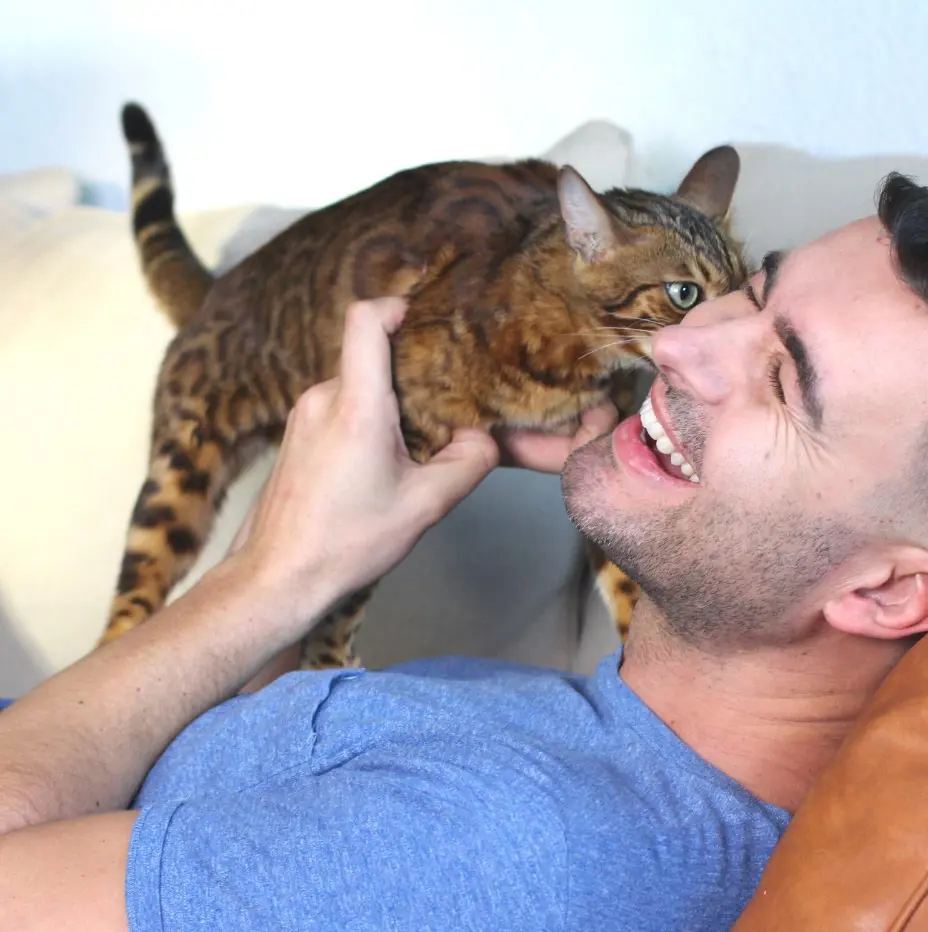
Figuring out how old your cat is can be a bit like solving a mystery, especially if you don't know much about their past. But don't worry, here's how you can guess how old they might be:
Check Their Teeth
Cats start growing baby teeth when they're very young, around three to four weeks old. These baby teeth are all in by about six to seven weeks. When they're around three months old, they lose these baby teeth and grow their adult teeth.
By six or seven months, they have all their adult teeth, which is about 30 teeth. Checking their teeth can give you a good idea of how old they are. Even if you're not sure, your vet can look at their teeth and other signs to make a guess.
Examine Their Eyes
You can look at their eyes to find out how old your cat is. Your vet might check their eyes to help figure out their age. They can look at the lens in their eyes.
Older cats might have changes like a bit of cloudiness or problems with their iris. So, by checking their eyes, you can get an idea of how old your cat is.
Observe Their Activity Level
You can also look at how active they are. Young cats are usually full of energy, running around and playing a lot. As cats get older, they might slow down and become less interested in playing or exploring.
So, if your cat is always on the move and loves to play, they're probably on the younger side. But if they prefer to relax and sleep more, they could be older. Observing their activity level helps you estimate their age and adjust their care accordingly.
Inspect Their Coat
Young cats usually have shiny and soft fur. As cats get older, their fur might become duller or thinner. Also, older cats might have more knots or mats in their fur because they groom themselves less due to joint or dental pain.
So, if you notice changes in your cat's fur, it could give you clues about their age and health.
Check Their Muscle Condition
Checking your cat's muscle condition means seeing how strong and healthy their muscles are. As cats get older, they might lose muscle mass, especially in certain areas like their spine, shoulders, and thighs.
Vets use a chart to assess this muscle loss. They might also look for signs of trouble moving or pain in their joints. This helps figure out how old your cat might be and what care they might need as they age.
Look for Signs of Aging
Look for signs that show your cat is getting older. This could include things like moving slower, having trouble jumping or climbing, or changes in their weight.
You might also notice as mentioned above, their fur becoming less shiny or them developing a cloudy look in their eyes. These signs can help you figure out if your cat is in their senior years and might need special care or attention from you.
Consider Their History
If you adopted your cat, try to find out from the shelter or previous owners about their age. They might have records or information that can give clues about your cat's age.
Knowing where your cat came from can help you estimate how old they are and provide better care suited to their needs.
Consult a Veterinarian
A veterinarian can help you figure out how old your cat is by checking its health, teeth, and body. Vets have experience in estimating an animal's age based on these things. So, if you're unsure about your cat's age or need guidance, it's a good idea to visit a veterinarian.
Using these ways together, you can guess how old your cat is and give them the right care for their age. Also, the cat age chart or cat aging chart above will be of help.
15-9-4 Rule
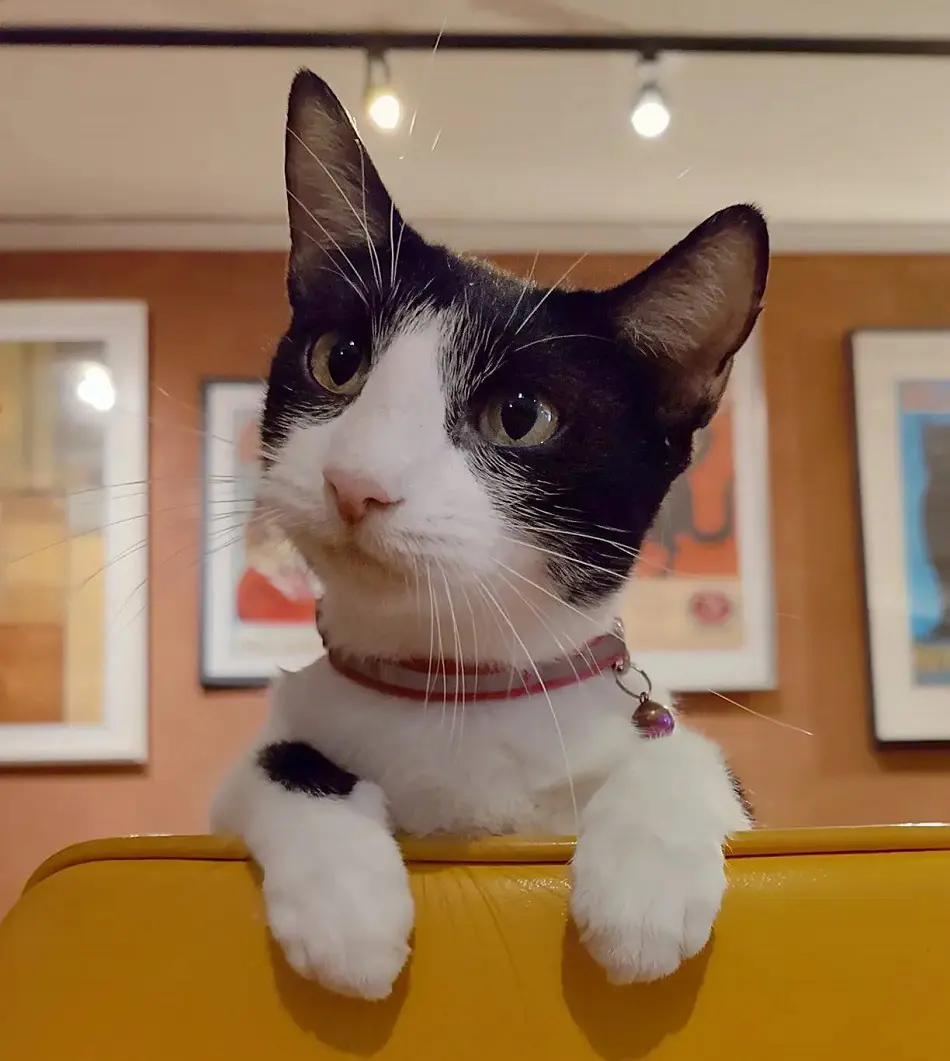
Imagine the 15-9-4 rule as a secret code to understand cat ages in human years. Cats age super fast at first. Their first year is like 15 cat human years, and their second is like 9 more. So, by their second birthday, they are about 24 in human years.
After those first two years, things calm down. Every cat year after that adds about 4 human years. So, a 7-year-old feline is about 44 human years cat years. This rule helps us know what's best for our cats, like their food and energy levels. It also helps us notice any changes as they get older.
But, it's just a guide, as every cat is different, and your vet can give you the real scoop on your furry friend's age.
You can refer to the cat's age chart above if you have any confusion.
Phases Of Cat's Life
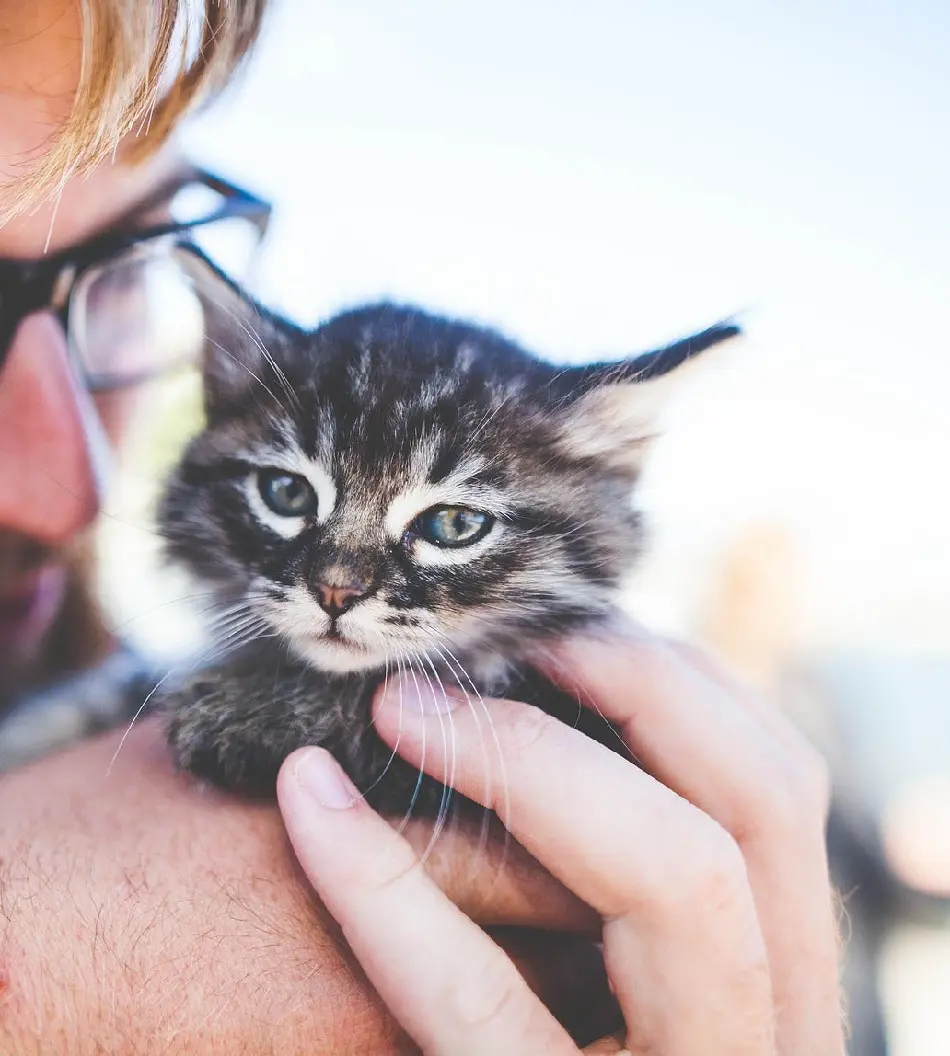
Here is how a cat's life unfolds in different phases:
Kittenhood (0-1 year): Kittens are like tiny bundles of energy. This is when they're super playful and curious about everything around them. It's also the perfect time to help them get used to people, other pets, and important things like nail trims and trips to the vet.
Young Adult (1-6 years): As cats grow up, they might start showing some attitude. This stage is when they reach their teenage years and might get a bit moody. It's important to play with them the right way and keep them happy and healthy.
Mature Adult (7-10 years): Cats start to mellow out a bit as they get older. They might not play as much and could gain some weight. Regular vet check-ups are important to catch any health issues early.
Senior (over 10 years): Once cats hit their golden years, they might slow down even more. They could start acting differently and might need more care. That's why it's crucial to visit the vet often to make sure they stay happy and comfortable as they age.
Recent posts
Cats
Why Do Cats Eat Grass?
Eating grass is a common behavior observed among domestic cats, sparking curiosity and speculation among pet owners and veterinarians alike. Observations suggest that even well-fed cats with no apparent nutritional deficiencies engage in this habit, ...
18 Common Signs Your Cat Is In Pain
Cats are stoic animals, and most of the time, they mask any type of pain until it becomes too much to bear. In many ways, being a responsible pet owner encompasses the ability to recognize the unseen signs that your feline friend is in pain. Knowing ...
18 Reasons Why Cats Hiss & How To Stop The Behavior
Cat hissing is a distinctive behavior that often surprises and intrigues those who witness it. The sound, a sharp and sudden exhalation, is accompanied by a variety of physical cues. If your cats are hissing often or for a longer time, you should pay...
18 Reasons Why Cats Are Itching So Much
Cat itching refers to the impact that elicits a cat to scrap, bite, or lick its skin unnecessarily. The condition can be obvious for several reasons, extending from outermost factors like parasites to internal health issues. Skin infestation, b...
20 Cat Jokes That Are The Purrfect Antidote To A Ruff Day
Funny cat jokes have a universal appeal that transcends age, culture, and background. The inherent humor in cat-related anecdotes and puns often lies in the quirky behavior and unpredictable antics of these adorable feline companions. These catchy on...
18 Signs Of Kidney Disease In Cats
Kidney disease in cats is a serious health condition that affects the vital organs responsible for filtering toxins from the bloodstream. As cats age, they become increasingly susceptible to chronic kidney disease (CKD) that can significantly impact ...
